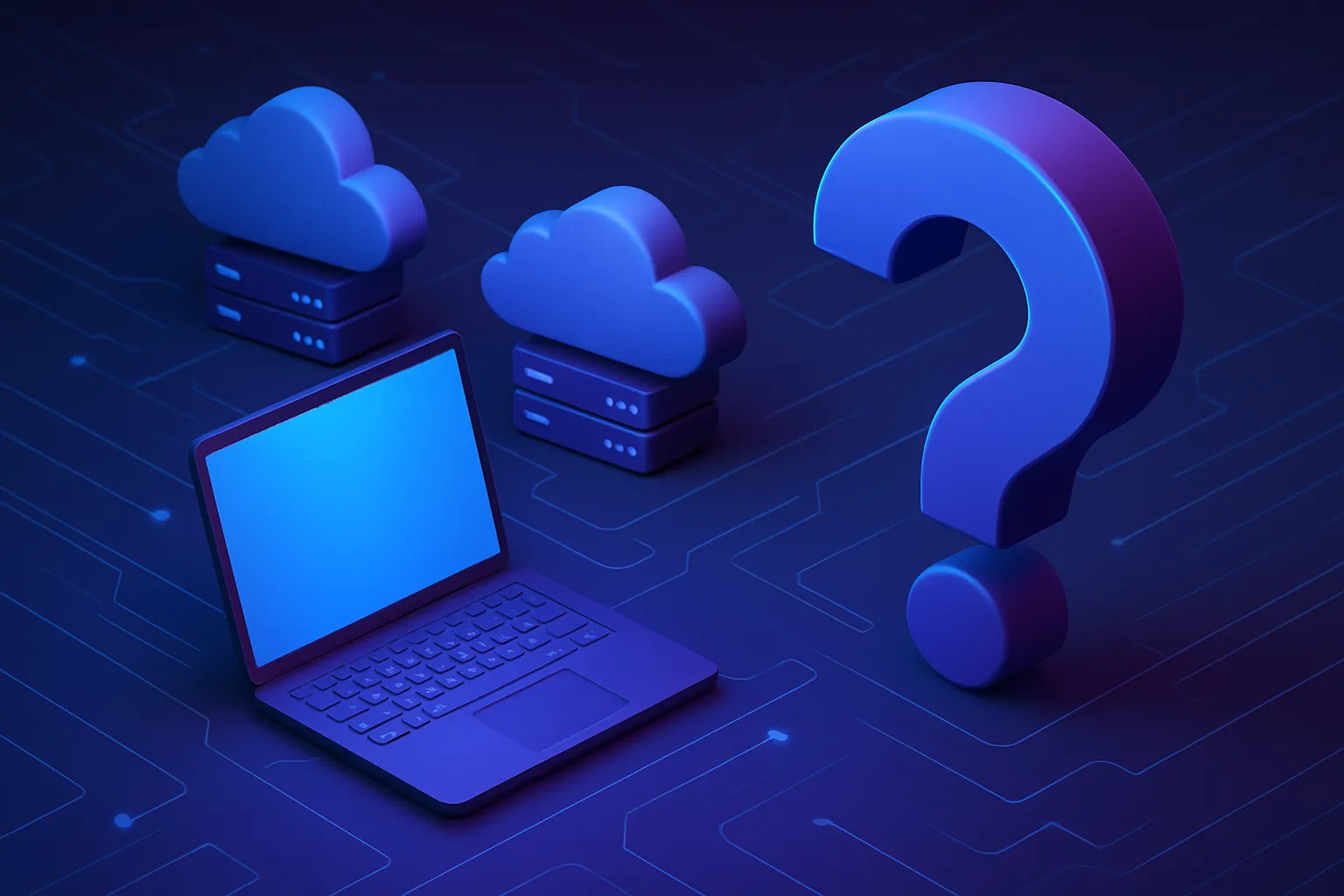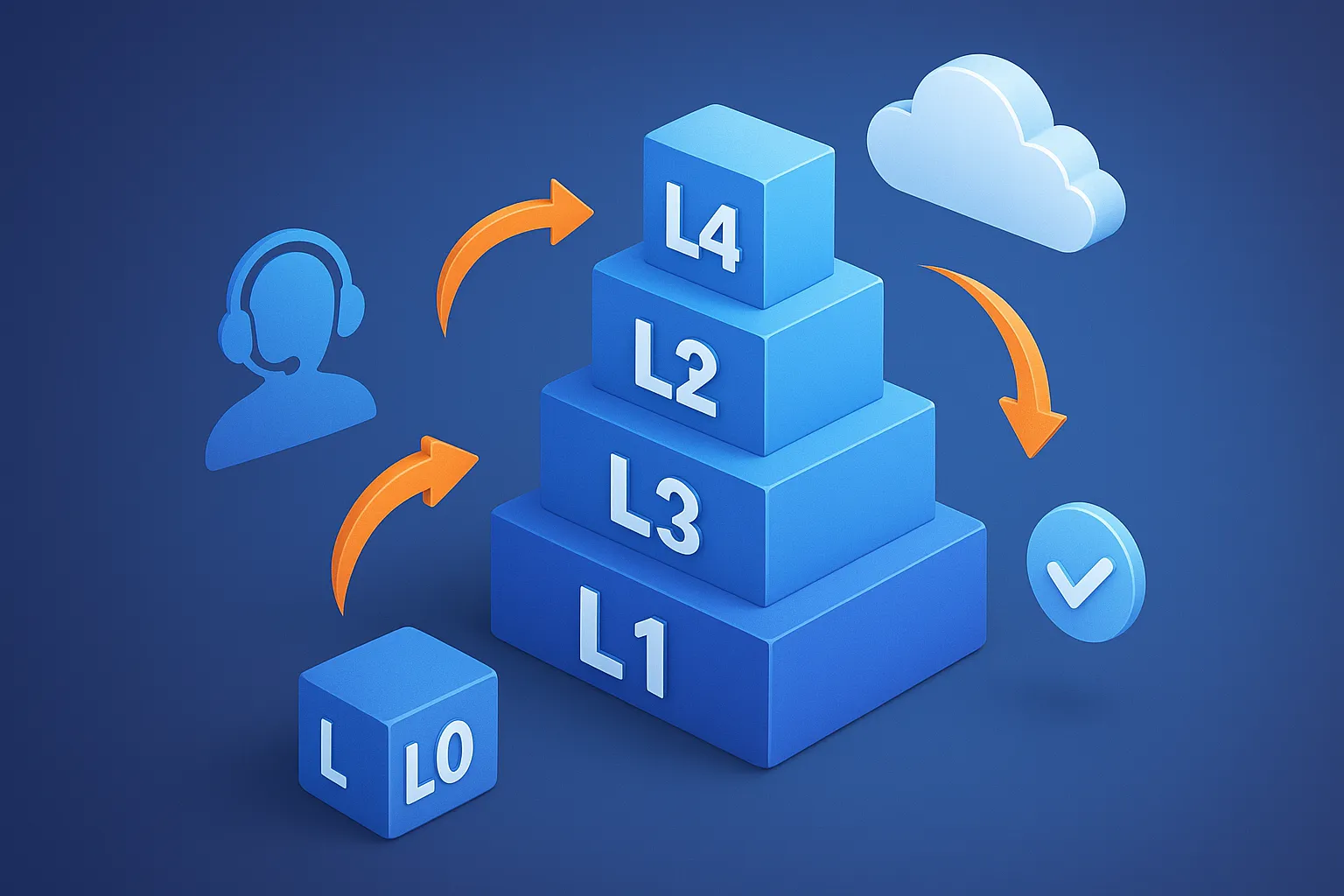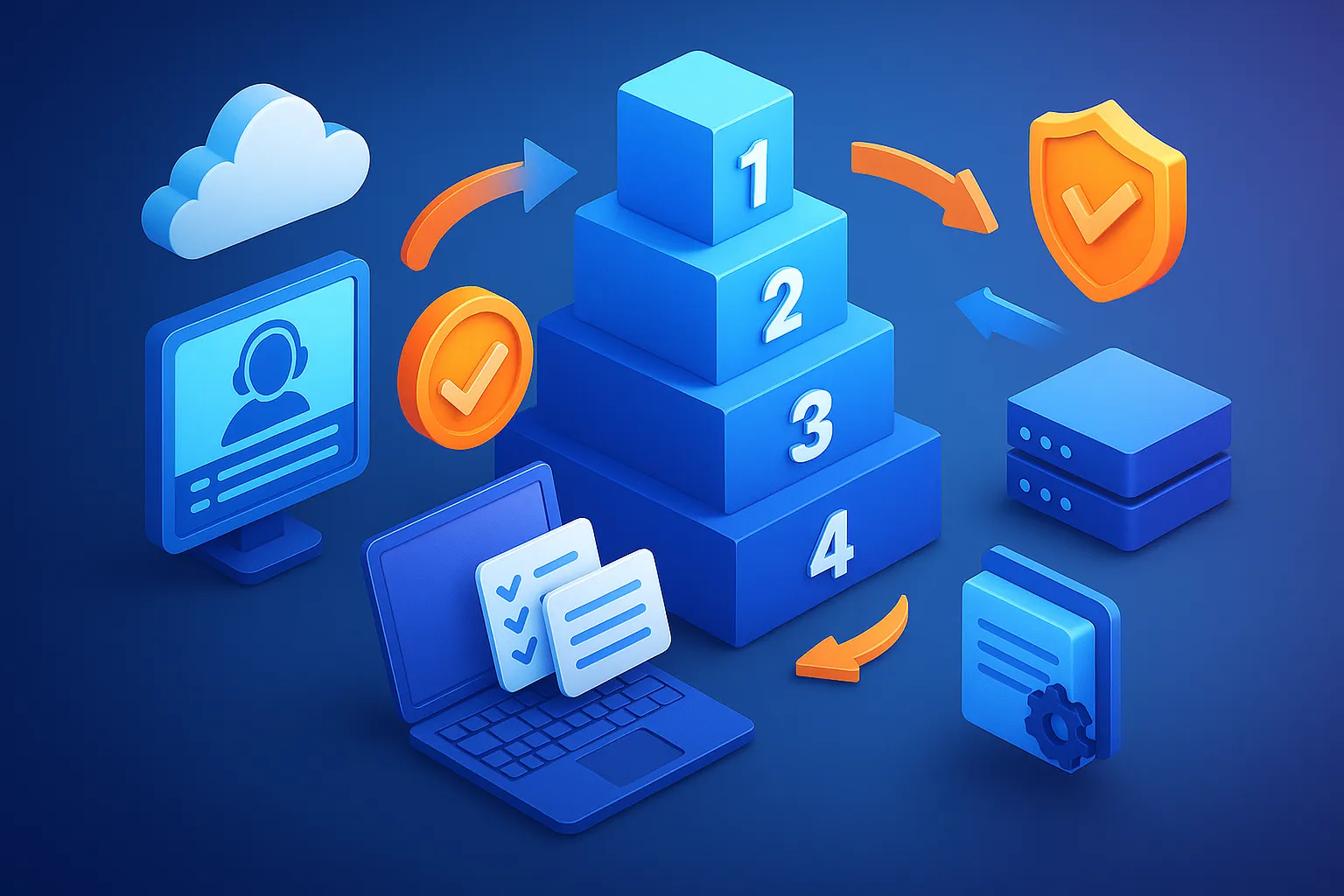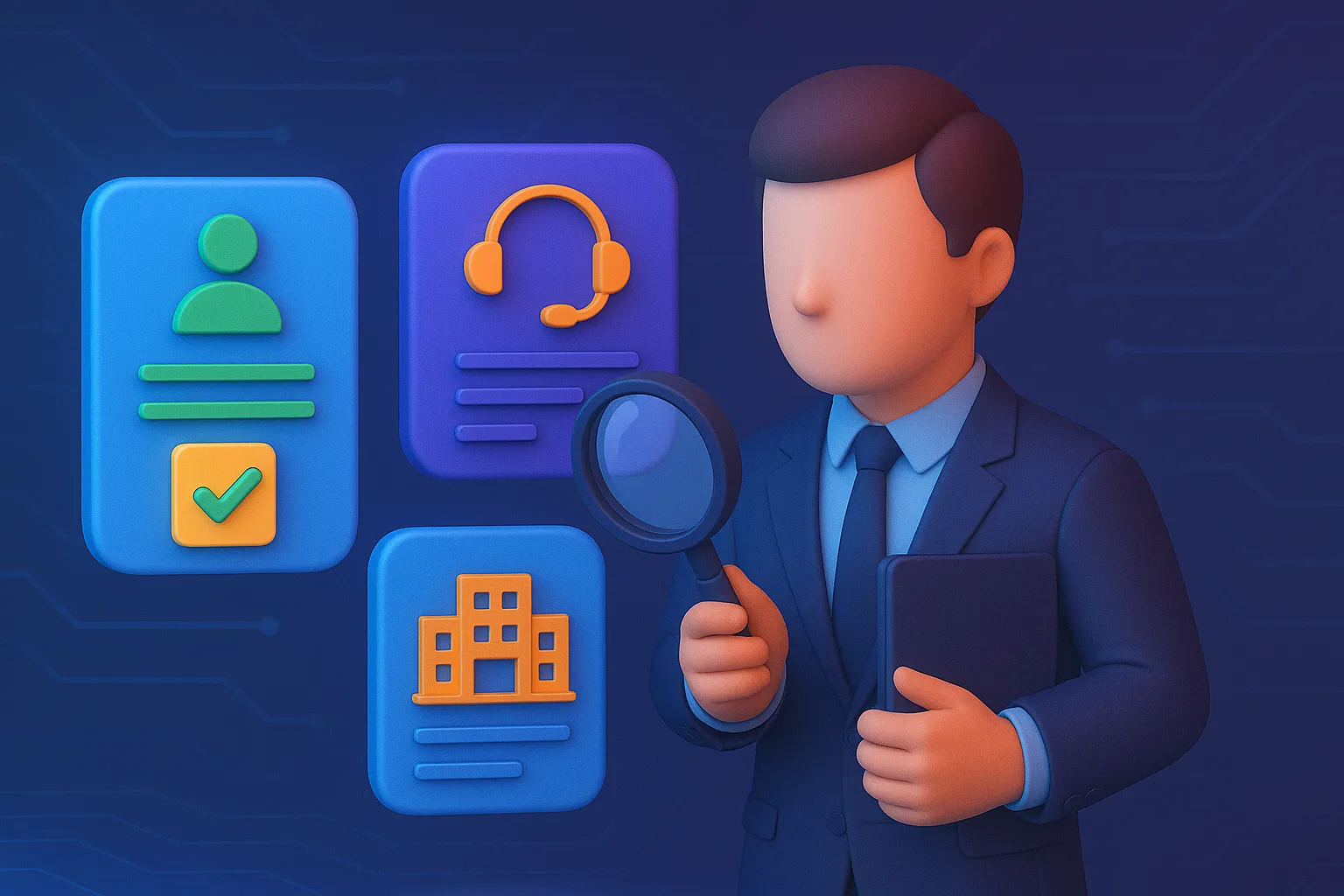July 10, 2025
July 10, 2025

Support isn’t just about solving problems, it’s about how you structure the response. The helpdesk support model you choose can shape your team's efficiency, your customers’ satisfaction, and your ability to scale. With models ranging from self-service and tiered support to fully managed and hybrid solutions, the question isn’t which one is best, it’s which one is built for your business. So, which model truly fits your business? This guide Serdao's will help you make that choice with clarity and confidence.
A helpdesk support model is the structural framework a business uses to organize and deliver technical assistance to its users, whether they’re employees, partners, or customers. It defines how support is provided, who handles different types of issues, and what workflows are followed to ensure timely resolution.

Rather than a one-size-fits-all setup, helpdesk support varies significantly depending on business size, complexity of operations, technical infrastructure, and user expectations. Some organizations adopt tiered support models, escalating issues based on their severity or complexity. Others lean into self-service platforms, where users can resolve problems independently. Still, others prefer managed or hybrid models, combining in-house teams with outsourced resources.
At its core, a helpdesk support model determines:
Choosing the right model isn’t just about solving IT issues, it’s about designing a support system that aligns with your strategic goals, minimizes downtime, and enhances the overall user experience.
Choosing the right helpdesk support model starts with understanding the available options. While the goal of every support structure is to resolve user issues efficiently, the way support is delivered, who handles what, when, and how varies significantly between models. Below are the most commonly used helpdesk support models in modern IT environments.
The tiered support model is the most widely adopted framework in IT helpdesk operations. It segments support into multiple levels based on the complexity of the issue and the required expertise.

Ideal for medium to large organizations with complex systems that require structured escalation and specialized knowledge at each level.
This model emphasizes user autonomy by providing tools and resources that allow users to solve problems on their own, without contacting a live support agent.
Key elements include:
Self-service is typically integrated into Tier 0 of a larger tiered model but can also function as a standalone system in lean environments.
Suitable for startups, SaaS platforms, or companies with limited resources but high volumes of routine queries.
Under this model, businesses outsource their entire IT helpdesk function to a third-party provider. The external team proactively manages, monitors, and resolves IT issues, often around the clock.
Features:
Great for companies looking to scale quickly, reduce overhead, or focus internal resources on strategic initiatives.
A hybrid approach where the internal IT team collaborates with an external support provider. Tasks are divided based on expertise, availability, or business priorities.
Example:
Mid-sized businesses that want flexibility without fully outsourcing control.
Instead of routing tickets through tiers, swarming brings in multiple experts simultaneously to collaboratively solve the issue. There’s no rigid hierarchy; rather, the focus is on speed and shared ownership.
Benefits:
Tech-savvy organizations, agile teams, or DevOps environments where collaboration is key.
This model offers reactive support: help is provided only when something breaks. It can be delivered internally or by a third-party provider on a pay-per-use basis.
Small businesses with limited IT budgets and infrequent support needs.
Leverages cloud technology to provide remote, scalable, and flexible support. It can complement other models and is particularly effective for distributed teams or remote-first companies.
Benefits:
Any organization operating across multiple locations or with remote employees.
Each helpdesk support model offers distinct strengths and trade-offs. Understanding these frameworks is the first step toward building a support system that truly fits your business needs, whether you prioritize speed, cost-efficiency, expertise, or scalability.
Selecting the right helpdesk support model is not just about resolving tickets, it’s about aligning your support structure with your broader business goals. From user expectations to internal resources, several key factors influence which model will work best for your organization.

Your company’s size and the complexity of its IT environment play a major role in determining the right model:
The more complex your environment, the more structured and specialized your support should be.
Each support model comes with its own cost implications:
Consider not only the initial investment but also the long-term ROI in terms of uptime, efficiency, and customer satisfaction.
Analyze your support ticket history:
Understanding your ticket trends helps ensure the model matches real-world needs.
Ask yourself:
If internal capabilities are limited, models like co-managed or fully outsourced support may fill the gaps while maintaining service quality.
Some businesses need complete control over their support process, others are happy to delegate.
Consider how much oversight you want over your support operations and whether that aligns with your internal policies or compliance requirements.
If your business depends heavily on uptime and service continuity, investing in a proactive model pays off in the long run.
If your IT operations follow structured frameworks like ITIL, you may benefit from adopting models that align with best practices:
Don’t choose a helpdesk model based on current needs alone. Think ahead. A support structure that works today should also scale with your business tomorrow.
There’s no one-size-fits-all when it comes to helpdesk support models. The ideal structure depends heavily on your business’s size, technical maturity, resource availability, and service expectations. Below are common business profiles matched with the most suitable support models.

Recommended Models:
Small teams often operate on tight budgets with limited internal IT staff. A lightweight setup, such as a chatbot, a solid knowledge base, or outsourced ticket resolution can deliver adequate support without draining resources.
Goal: Keep costs low, resolve simple issues fast, and scale gradually.
Recommended Models:
At this scale, businesses start dealing with growing infrastructure and more diverse support needs. A structured tiered model ensures issues are routed efficiently, while a co-managed setup allows in-house teams to focus on strategic initiatives.
Goal: Balance internal expertise with external efficiency; scale support as complexity grows.
Recommended Models:
Large enterprises face high ticket volumes, multiple departments, and 24/7 operations. A comprehensive, structured model often backed by SLAs is critical to avoid bottlenecks and maintain uptime. Swarming works well in DevOps or agile settings.
Goal: Ensure scalability, specialization, and business continuity across all service levels.
Recommended Models:
Agile environments prioritize collaboration and speed over rigid hierarchies. Swarming allows engineers and support teams to work together dynamically, reducing silos and speeding up issue resolution.
Goal: Foster collaboration, reduce ticket lag time, and boost team learning.
Recommended Models:
Customer-facing platforms must maintain uptime and fast response times. A strong self-service layer combined with intelligent routing (e.g., AI chatbots to Tier 1 agents) improves both user experience and operational efficiency.
Goal: Minimize response time, provide multichannel support, and deliver consistent customer satisfaction.
Conclusion
In an era where user expectations are rising and IT ecosystems are becoming more complex, businesses can no longer rely on ad-hoc or outdated support structures. From lean startups to global enterprises, the most successful organizations are those that align their support models with their unique workflows, resources, and strategic goals. That may mean empowering users through self-service, streamlining workflows with a tiered system, or building agility through co-managed or swarming models.
The key is not to adopt what’s most popular but what’s most purpose-built for your context. So take a step back, evaluate where you are and where you’re going, and design a helpdesk support model that doesn’t just solve problems but prevents them, evolves with change, and adds measurable value at every level.